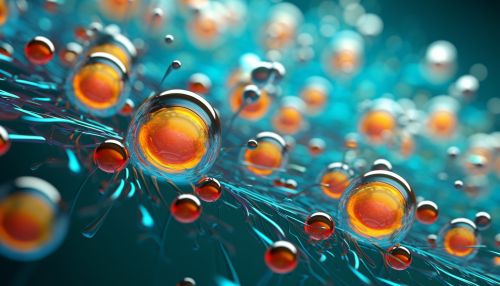The Role of Antibiotic Peptides in Immune Defense
Introduction
Antibiotic peptides, also known as antimicrobial peptides (AMPs), are a crucial component of the innate immune system. They are found in all classes of life, from bacteria to humans, and serve as the first line of defense against invading pathogens. These small, cationic, and amphipathic molecules have the ability to kill a wide range of microorganisms, including bacteria, viruses, fungi, and parasites. This article delves into the role of these peptides in immune defense, their mechanisms of action, and their potential therapeutic applications.


Structure and Classification of Antibiotic Peptides
Antibiotic peptides are typically 12 to 50 amino acids in length and carry a net positive charge. They are classified into four major groups based on their structure: α-helical peptides, β-sheet peptides, extended peptides, and loop peptides. Each of these classes has distinct structural features that influence their antimicrobial activity.
α-Helical Peptides
α-Helical peptides, such as cathelicidins and magainins, are unstructured in aqueous environments but adopt an α-helical conformation upon interaction with microbial membranes. This conformational change allows them to insert into and disrupt the integrity of the membrane, leading to cell death.
β-Sheet Peptides
β-Sheet peptides, including defensins and cecropins, contain disulfide bonds that stabilize their structure. These peptides interact with microbial membranes in a similar manner to α-helical peptides, but their rigid structure allows for more specific interactions with microbial components.
Extended Peptides
Extended peptides, such as indolicidin, do not adopt a defined secondary structure. Instead, they rely on their high content of specific amino acids, like tryptophan and proline, to interact with and disrupt microbial membranes.
Loop Peptides
Loop peptides, like thaumatins, are stabilized by a single disulfide bond that forms a loop structure. These peptides have diverse mechanisms of action, including membrane disruption and inhibition of essential microbial enzymes.
Mechanisms of Action of Antibiotic Peptides
Antibiotic peptides exhibit their antimicrobial activity through several mechanisms, primarily involving the disruption of microbial cell membranes. However, they also interfere with various intracellular processes and can modulate the host's immune response.
Membrane Disruption
The primary mechanism of action of antibiotic peptides is the disruption of microbial cell membranes. The cationic and amphipathic nature of these peptides allows them to interact with the negatively charged microbial membranes. Once bound, they can disrupt the membrane integrity through several models, including the barrel-stave model, the carpet model, and the toroidal-pore model.
Intracellular Targets
In addition to membrane disruption, some antibiotic peptides can translocate across the microbial membrane and interfere with intracellular processes. These include inhibition of cell wall synthesis, interference with protein synthesis, inhibition of nucleic acid synthesis, and interference with enzymatic activity.
Immunomodulatory Effects
Antibiotic peptides also have immunomodulatory effects. They can modulate the host's immune response by promoting or inhibiting the release of cytokines, chemokines, and other immune mediators. They can also enhance the phagocytic activity of immune cells and promote wound healing.
Therapeutic Applications of Antibiotic Peptides
Due to their broad-spectrum antimicrobial activity and immunomodulatory effects, antibiotic peptides have potential therapeutic applications. They could serve as alternatives to conventional antibiotics in the era of increasing antibiotic resistance. However, their therapeutic use is currently limited by issues such as toxicity, stability, and cost of production.
